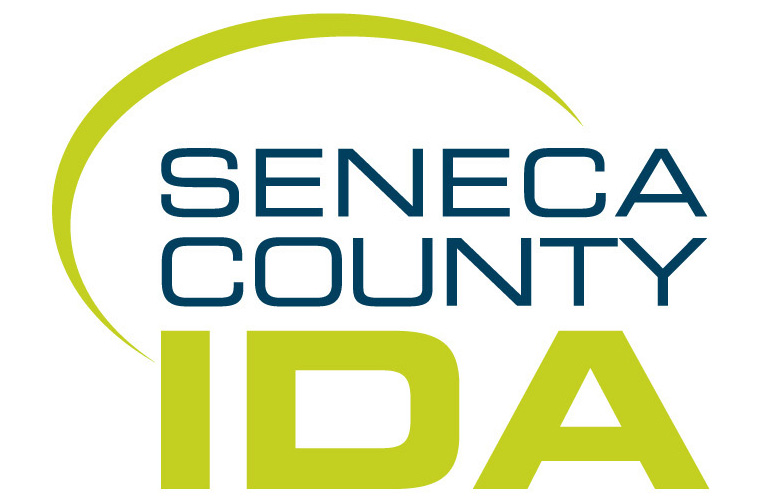Frequently Asked Questions About IDAs
+ What are bonds?
Bonds are issued in the name of the IDA, but are not an obligation of the IDA. There are three types of bonds:
• Civic Facility Bonds are for projects that are exempt from federal income tax, such as 501(c)(3) organizations.
• Taxable Bonds are for profit-making, non-manufacturing projects.
• Tax Exempt Bonds are for manufacturing projects qualified under the IRS tax code. The bondholder may exclude the interest income from federal income tax.
+What is a CDBG?
A Community Development Block Grant. Funds received by the local county from the U.S. Department of Housing and Urban Development. A portion of the allocation is set aside for economic development projects. Loans or loans to grants are allocated for business projects.
+What is an EAF?
An Environmental Assessment Form. It must be completed with each IDA application to determine the impact of the project on the environment. Approval typically goes through the affected taxing jurisdiction.
+What is EquiPlus?
A program used together with GreatRate and GreatRebate to exempt purchases from sales tax.
+What is ESD?
Empire State Development. This is New York’s Department of Economic Development. It works with local IDAs on larger economic development projects.
+What is FOIL?
Freedom of Information Law. Records of public agencies are subject to public inspection under FOIL. A formal request must be submitted to the local IDA to request inspection of documents and files. All FOIL requests are reviewed by counsel.
+What is GML?
General Municipal Law. IDAs were formed under Article 18-A of the New York State GML.
+What is IMPLAN?
Impact Analysis for Planning. This economic impact modeling system takes into account the 10-year benefit to the community in property taxes paid, sales tax generated and income taxes paid versus the cost of any exemptions related to the project.
+What is local labor?
Labor from within your IDA’s defined region.
+What is a lease/leaseback?
An IDA transaction in which no bond is issued. It is a means for the IDA to take nominal title to exempt the project from sales and mortgage tax and offer a PILOT.
+What is negative declaration (neg. dec.)?
A determination that a project will not have a negative impact on the environment. It is part of the SEQRA process.
+What is PILOT?
Payment In Lieu Of Taxes. A negotiated agreement between the IDA and the benefited company to make a payment to affected taxing jurisdictions where a project is located. (NOTE: When an IDA takes title to real property, the property becomes 100% exempt from real property taxes. By law, IDAs have the right to negotiate any PILOT agreement they deem reasonable; however, the IDA must notify the affected tax jurisdiction if it goes beyond its adopted PILOT.)
+What is a producer service company?
A non-manufacturing, non-retail company that generates at least 30% of its revenues from outside of the IDA’s defined territory.
+What is a public hearing?
The GML requires IDAs to hold public hearings in the affected tax jurisdiction if the benefits of the project are in excess of $100,000.
+What is an RLF?
A Revolving Loan Fund.
+What is Section 485-B?
Real property tax law, a local option, authorizes a declining 10-year partial exemption from real property taxes and special ad valorem levies for non-residential property. An investment of at least $10,000 is required.
+What is SEQRA?
State Environmental Quality Review Act. Before an IDA can provide benefits to a project (typically a construction project), the project must be reviewed (typically by a town that acts as the lead agency) to determine the impact of the project on the environment. A finding is issued by the lead agency.
+What is SBA 504?
A federal program administered by local IDAs that allows companies to finance projects (building or equipment) by investing 10% in equity. The remainder of the financing comes from a bank (50%) and SBA debenture proceeds (40%).
Have additional questions? We’re here to help. Feel free to contact us at 315-539-1725 or s.davis@senecacountyida.org and we’ll get you your answer as soon as possible.
